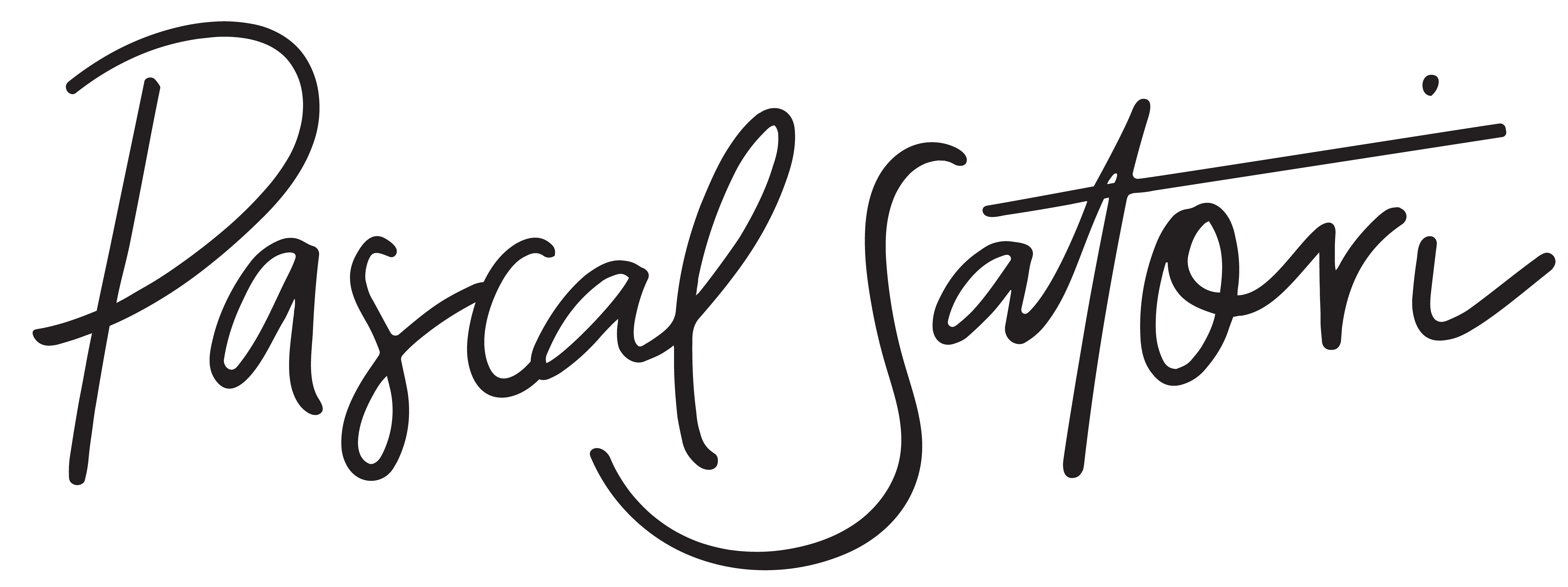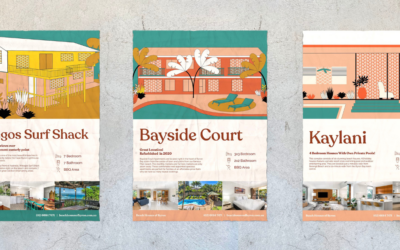It doesn’t matter whether you sell chocolate-coated strawberries, tickets to sports matches, or garden design; the following applies to you. No matter how good the offer is, if your customer doesn’t want it, or you can’t get their attention, you won’t sell it.
Most existing sectors are already filled with competitors who’ve staked a claim and are ready to defend it. There’s a constant stream of marketing chatter coming through every channel available, from your letterbox to your favourite influencer’s subtle, sponsored posts. In response to the cacophony, consumers are becoming more and more cynical, fatigued, and mistrusting. All of these factors are making it harder and harder (not to mention often expensive) to be heard above the noise.
In light of this, how do we appeal directly to customers, inspire confidence, and become a trusted provider with a secure commercial future?
Tip: the answer isn’t marketing. Marketing is a tool; a microphone used to give a speech. The problem is, it’s possible to use a highly effective marketing strategy to communicate a message widely and well, but the content ends up being completely wrong. The consequence? An alienated audience who are unlikely to give you a second chance.
That isn’t to say that marketing is totally irrelevant – it will be important down the track. It’s just not the place to start if you want to create lasting competitive advantage. We need to go back a step first if we’re going to get it right. Forget the microphone, let’s look at the speech itself.
The speech in this equation is Branding.
A great speech (or brand) is inspiring and engaging. It’s memorable, and leaves the listener with a positive feeling for the speaker long after they’ve forgotten exactly what was said.
In contrast, a bad speech (again, read ‘brand’) is boring, tone-deaf, and a waste of everyone’s time because the audience will walk away before it’s over.
How does a great speechmaker (or – one more time with feeling – brand) hit the right notes?
The truth is the same for both; know your audience. Understand their hopes, dreams, fears, and pet-peeves. What is impacting them? What is the context they occupy? What will make them feel heard and understood? This is where great brand strategy begins – by having their customer’s interests and needs at heart. You can’t fake that; if you do, you risk losing them for good when they figure it out (keeping in mind that consumers are increasingly distrustful anyway, and are extremely good at spotting insincerity).
Discovery and understanding is the first step in Strategic Design, a process-driven approach to innovation, problem-solving, and future-proofing that is grounded in the principles of design thinking. It is already successfully employed in numerous leading global organisations, including Apple, Google, Procter & Gamble, Bank of America, and Nike, as well as by numerous governments and public institutions worldwide.
Strategic Design is good for developing great brands because it uses data and critical thinking with a creative approach. It asks who the audience is, then offers tools to articulate the speech (brand) that will captivate them. It can also help to deliver sustainable competitive advantages throughout an organisation, from product to customer care, and everything in between. It’s an intelligent and thoughtful methodology that can build, empower, and sustain considered brands that matter to their consumers.
So how to appeal to customers, inspire confidence, and become a trusted provider with a secure commercial future? Design a great brand, one that answers the needs of the customer in a holistic and authentic way. And the best way to do it? Strategic design.
For more information on how design thinking can be used to develop targeted brand strategies with cut through, click here.




